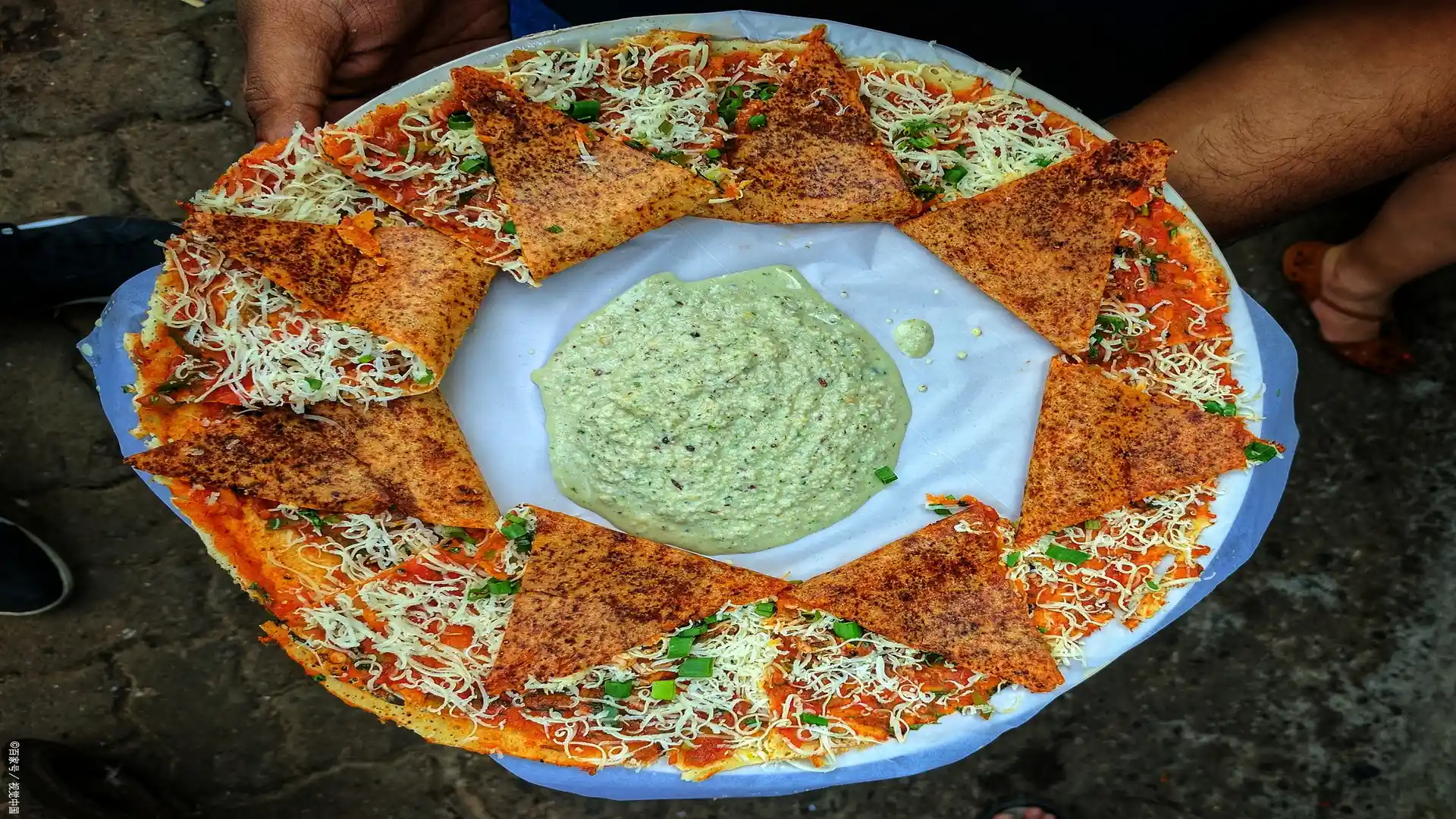The Delights of Lijiang Baba: A Culinary Journey into Yunnan’s Cultural Heritage
As a culinary professional, I am thrilled to introduce you to a true gem of Yunnan’s gastronomic heritage, the Lijiang Baba. This delicious pastry is not just a meal, but a journey into the heart of traditional Chinese cuisine, with roots that stretch back centuries.
Origin and Cultural Background
Lijiang Baba, also known as “Lijiang Pancake” or “Nanxiang Baba,” originates from the enchanting city of Lijiang in Yunnan Province. It has been a beloved staple in the local diet and is often mentioned in historical texts, including the renowned “Travel Sketches” by Xu Xiake, a prominent traveler and geographer from the Ming Dynasty. His writings have immortalized this delicacy, making it a symbol of Lijiang’s rich culinary culture.
Ingredients and Preparation
The making of Lijiang Baba is an art that requires careful selection of ingredients and a delicate touch. The dough is traditionally made from wheat flour, water, and a pinch of salt, which is then rolled out into a thin layer. The fillings are where the true magic happens. Two classic options are the savory ham filling and the sweet red bean paste. The ham, cured with a blend of spices, provides a rich, umami flavor, while the red bean paste offers a sweet, velvety contrast.
To prepare the Baba, the dough is filled with the chosen filling, folded, and then sealed tightly. The pastry is then gently pressed and flattened, creating a round, disc-like shape. The final step involves pan-frying the Baba until it achieves a golden-brown crust, which is both crispy on the outside and tender on the inside.
Texture and Appearance
A well-crafted Lijiang Baba is a symphony of textures. The outer crust is crispy, giving way to a soft, slightly chewy interior that envelopes the filling. The appearance is rustic yet elegant, with a golden hue that signals perfection. The flaky layers of the pastry, when pulled apart, reveal the enticing filling, making it a feast for both the eyes and the palate.
Representative Dishes and Cuisines
Lijiang Baba can be enjoyed on its own or as a component in various dishes. It pairs beautifully with a cup of Yunnan’s famous pu-erh tea, balancing the tea’s earthy tones with the pastry’s rich flavors. It can also be served as a side dish with traditional Yunnanese meals, adding a touch of comfort and warmth to the dining experience.
Culinary Characteristics
The charm of Lijiang Baba lies in its versatility and the balance of flavors it offers. The savory ham filling is a nod to the region’s agricultural abundance, while the sweet red bean paste reflects the area’s love for desserts. Each bite is a celebration of Yunnan’s culinary traditions, with a hint of history that makes it a true delicacy.
In conclusion, Lijiang Baba is more than just a pastry; it is a culinary ambassador of Yunnan’s rich history and culture. Whether you’re a food connoisseur or simply someone with an adventurous palate, Lijiang Baba is a must-try experience that will leave you with a taste of Yunnan that lingers long after the last bite.
